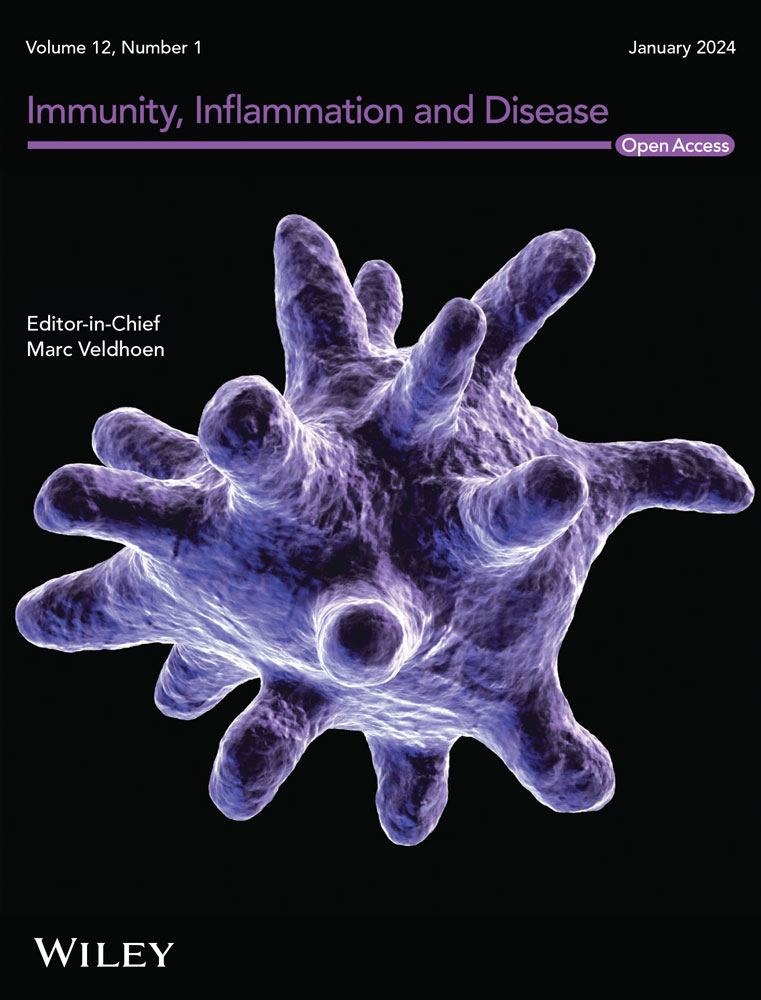The pathomechanism of blast traumatic brain injury (TBI) and blunt TBI is different. In blast injury, evidence indicates that a single blast exposure can often manifest long-term neurological impairments. However, its pathomechanism is still elusive, and treatments have been symptomatic. Poly adenosine diphosphate (ADP) ribose polymerase-1 (PARP1) is implicated in the parthanatos and secondary neuroinflammation. Animal studies indicate the over-activation of PARP1 as a significant downstream event underlying the neurological sequelae of several traumatic and neurodegenerative disorders, irrespective of the mode of cell death. PARP over-activation forms ADP polymers on several nuclear proteins, known as trans-PARylation, by consuming nicotinamide adenine dinucleotide (NAD+) and ATP. As NAD+ is a substrate for sirtuins, ithas also been implicated in the oxidative stress underlying TBI pathology.
We recently established the implication of PARP1 following blast overpressure (BOP) and its differential response on astrocytes and microglial cells. We found that the inhibition of PARP is proven beneficial by attenuating oxidative stress. In this study, we hypothesized the involvement of the PARP1-SIRT-NRF2 axis following induced blast-induced PARP over-activation in glial cells for the manifestation of oxidative stress in BOP insults.
The objective is to determine the downstream modulation of the PARP-SIRT-NRF2 axis and changes in ATP levels following blast exposure in astrocytes and microglia cell lines.
As a result of NAD+ being a common substrate for PARP1 and Sirtuins, we found the decreased expression of SIRT1, SIRT3, and NRF2, a central transcriptional regulator for the expression of antioxidant genes. We found that ATP levels were elevated post-BOP from both glycolysis and oxidative phosphorylation (OXPHOS), an increase of ATP by glycolysis more significant than OXPHOS source, indicating the proinflammation post-BOP.
This result shows that blast-induced PARP1 over-activation impacts the deacetylation activity of sirtuins and consequently impacts the regulation of antioxidant levels in astrocytes and microglia.



